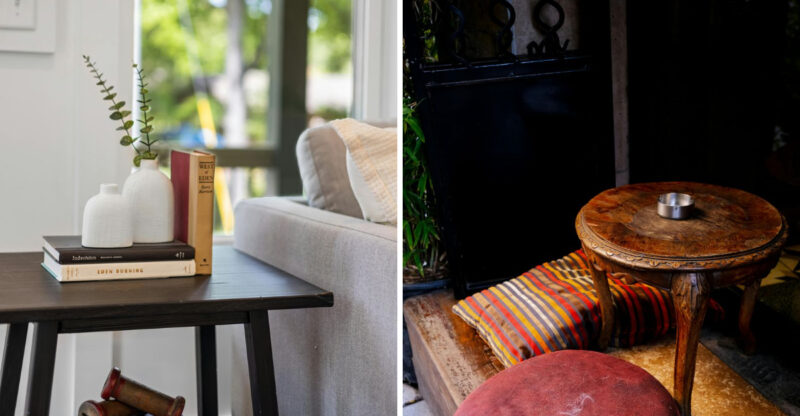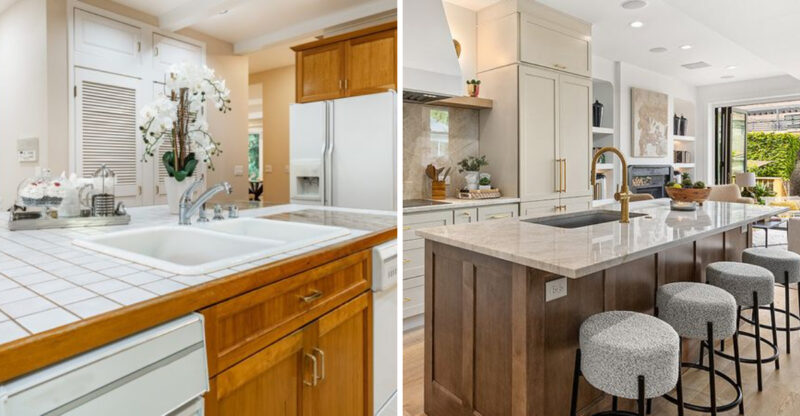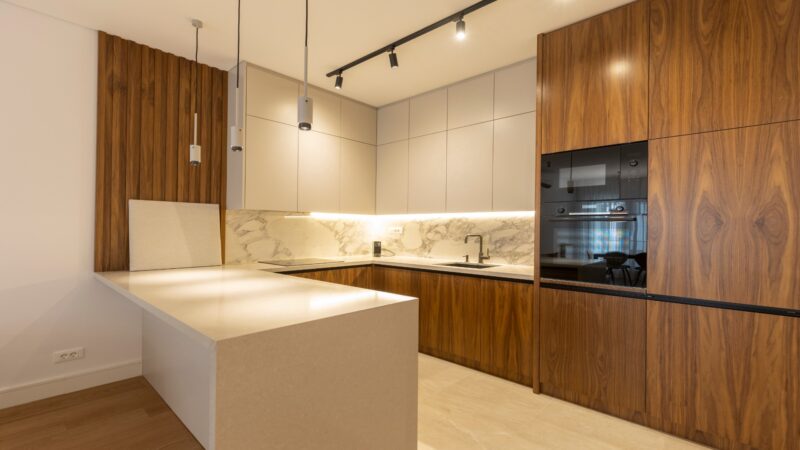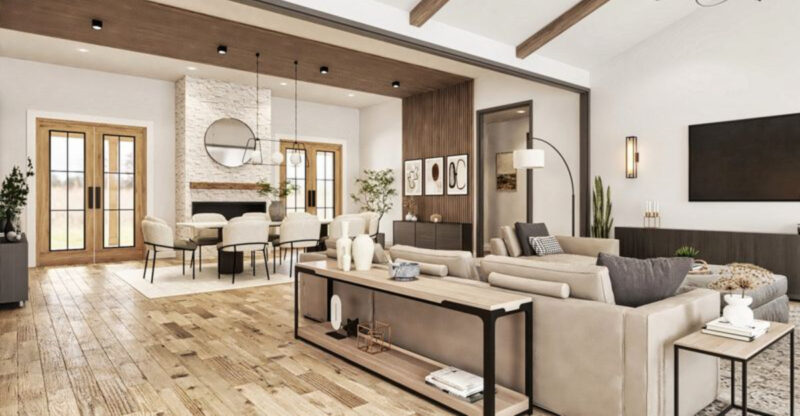Interior Experts Say These 15 Dining Room Details Can Cost You A Sale
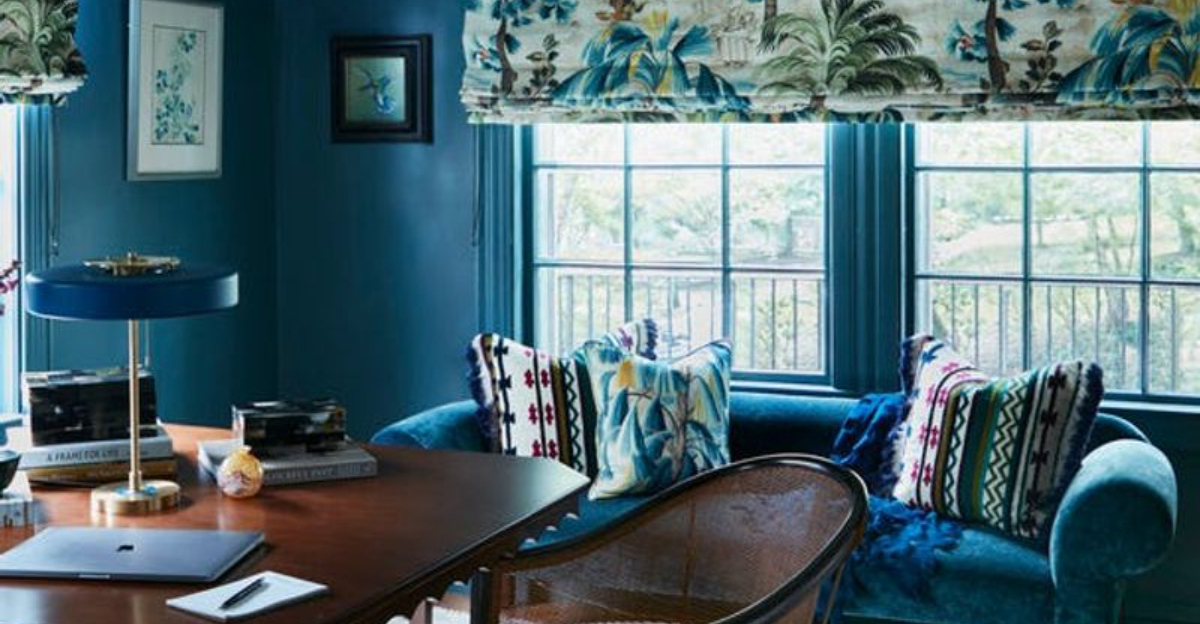
When selling your home, the dining room can make or break a potential buyer’s decision.
This gathering space needs to feel inviting and functional, not outdated or problematic. Real estate agents and interior designers agree that certain dining room features send buyers running for the exit.
Here are fifteen dining room details that experts say could cost you a sale.
1. Overcrowded Tables

Walking into a dining room with a table too large for the space immediately signals to buyers that the room isn’t functional. An oversized table creates a cramped feeling, making it difficult to envision comfortable family meals or entertaining guests.
Buyers mentally measure walkways as they tour homes. The golden rule is maintaining at least 36 inches between the table edge and walls or other furniture pieces for comfortable navigation. Without this clearance, chairs can’t be pulled out properly, and the space feels restrictive.
Consider downsizing your table during showings or removing leaf extensions to showcase proper proportions. This simple adjustment helps buyers see the true potential of your dining space rather than focusing on how tight it feels.
2. Chipped Chairs
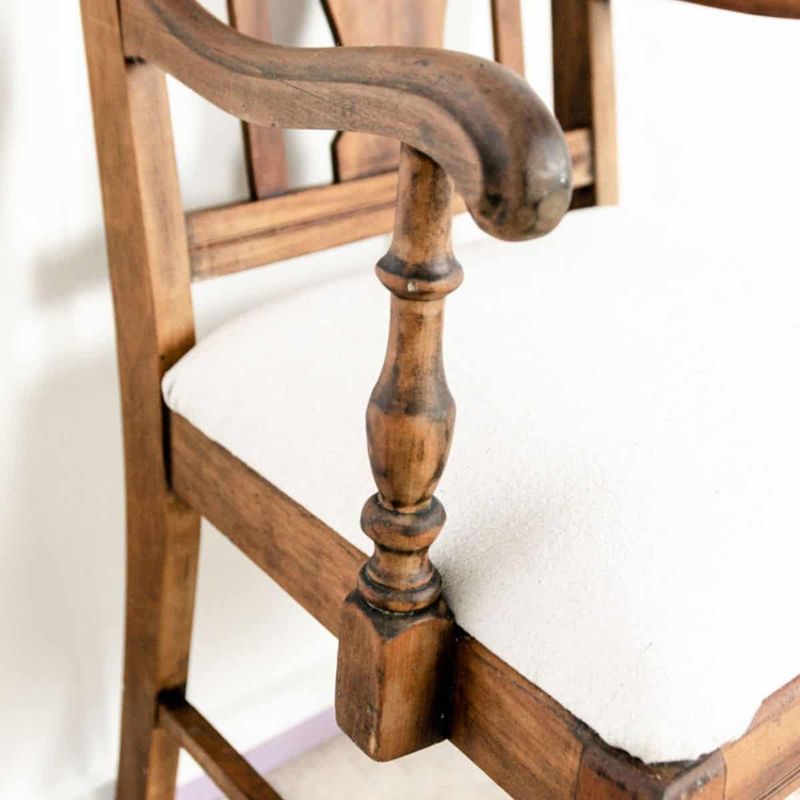
First impressions matter tremendously when selling a home, and damaged dining chairs send a clear message of neglect. Chipped paint, torn upholstery, or wobbly legs suggest to potential buyers that other home maintenance issues might be lurking beneath the surface.
Many buyers lack the vision to see past cosmetic flaws. When they spot damaged chairs, they don’t imagine the beautiful set they could bring in they see an immediate expense and hassle. This negative association can taint their overall impression of your property.
You don’t need to invest in expensive new furniture before listing. Simple repairs, a fresh coat of paint, or inexpensive chair covers can transform worn seating. Even renting a presentable set temporarily can be worth the investment.
3. Outdated Lighting
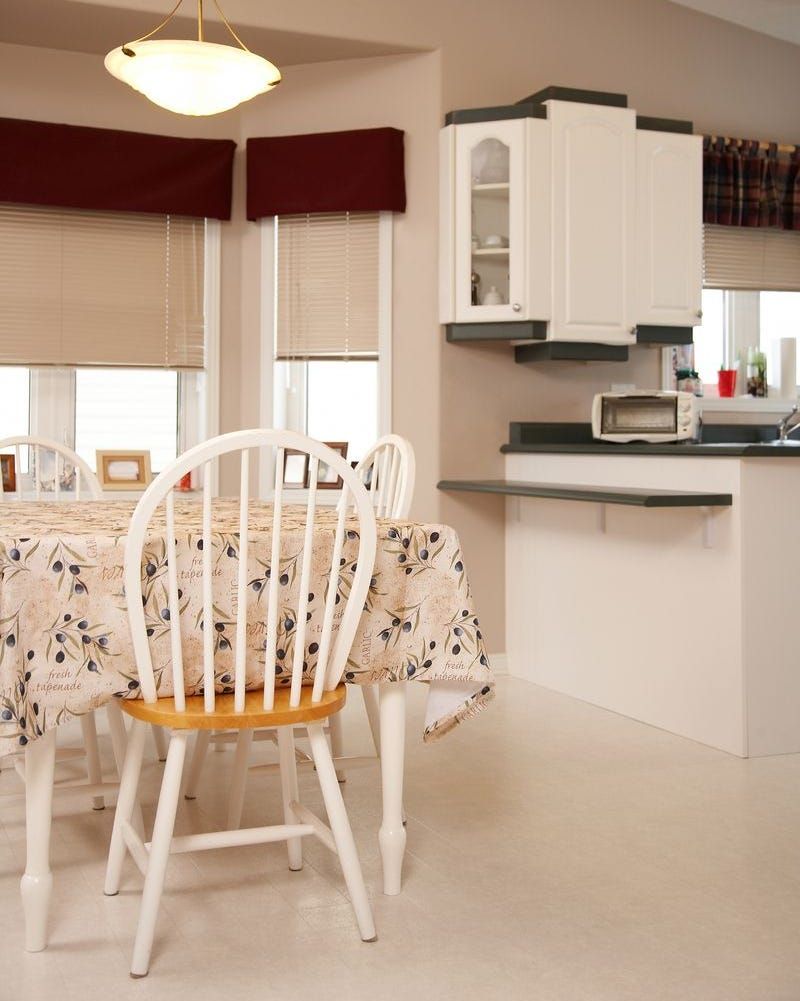
Nothing ages a dining room faster than an outdated light fixture hanging prominently above the table. Those 1980s brass chandeliers or 1990s frosted glass pendants immediately transport buyers back in time and not in a charming, vintage way.
Lighting serves as the jewelry of a room, drawing the eye upward and setting the mood. When that focal point screams “outdated,” buyers mentally add it to their renovation list. Even worse, poor lighting makes the space feel dark and unwelcoming during showings.
Replacing a dining room light fixture offers one of the highest returns on investment when selling. Modern, simple options are available at reasonable prices and can instantly modernize your space. This quick update signals to buyers that your home is well-maintained and current.
4. Mismatched Sets
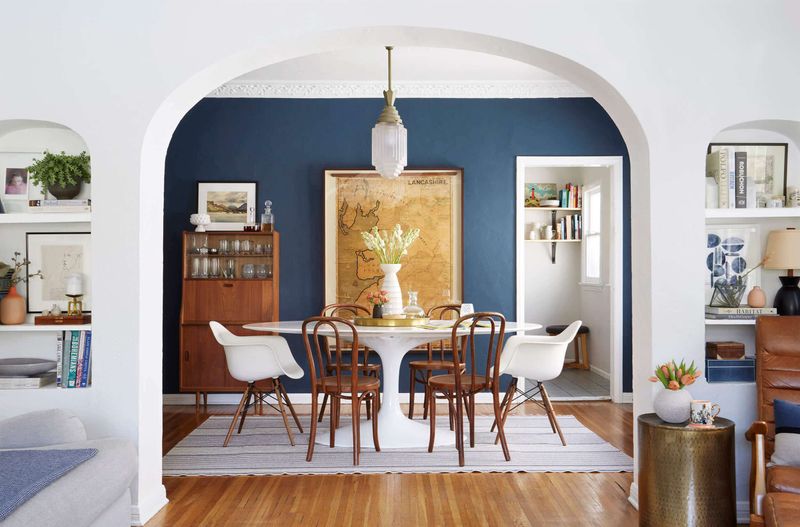
While eclectic design has its place, a completely mismatched dining set often reads as unintentional and haphazard to potential buyers. The dining room should present as a cohesive, purposeful space not a collection of random furniture pieces that happened to end up together.
Buyers crave harmony and order, especially in formal dining areas. When they see chairs from different decades paired with an unrelated table and sideboard, they struggle to envision their own furniture working in the space. This disconnect can make it harder for them to feel emotionally connected to your home.
If your budget doesn’t allow for a matching set, focus on creating intentional coordination. Paint mismatched wooden chairs the same color or use matching seat cushions to create visual cohesion that appears deliberate rather than accidental.
5. Loud Wallpaper
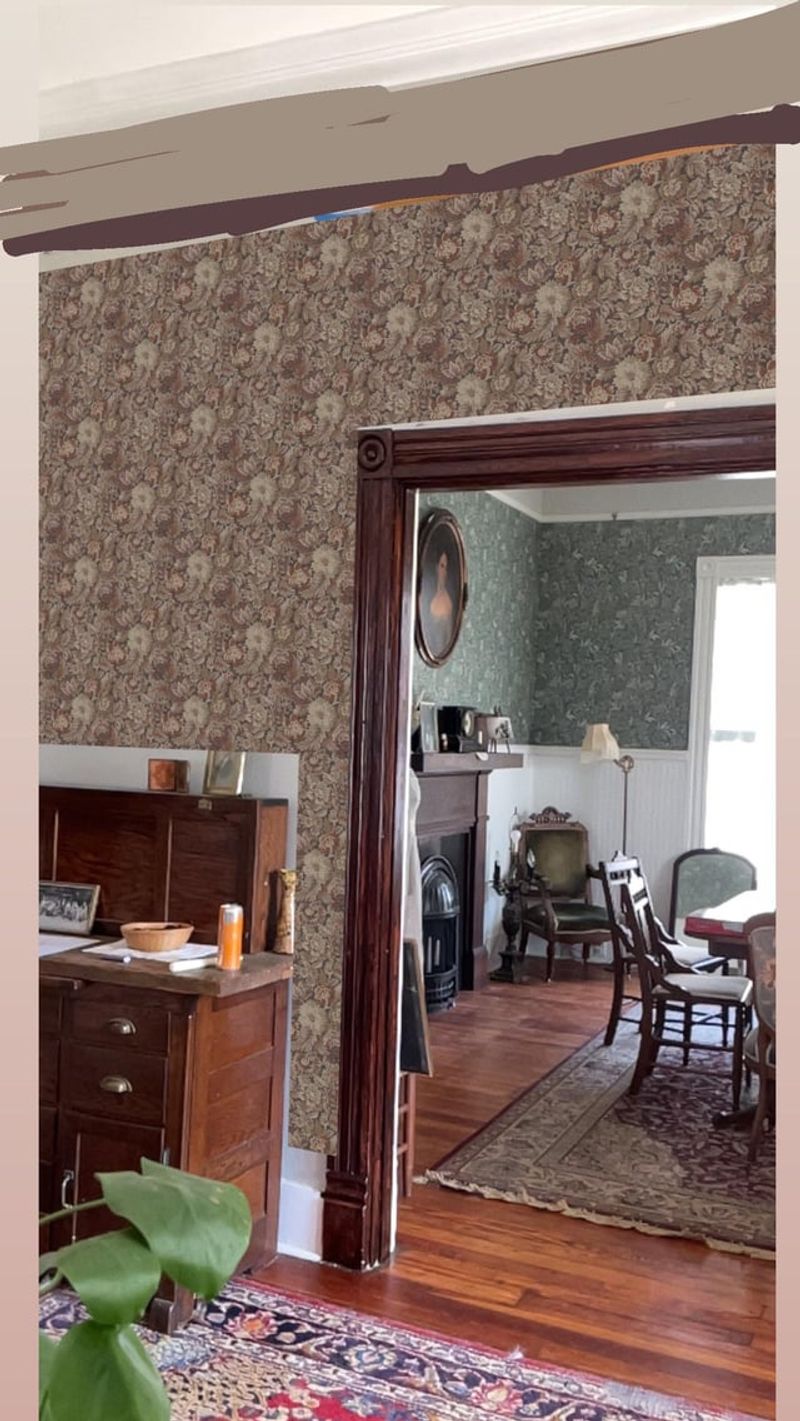
Bold personality in wallpaper choices may have worked for your family, but overwhelming patterns can seriously limit buyer appeal. Busy floral prints, dramatic geometric designs, or dated patterns immediately become the focal point often for all the wrong reasons.
Buyers mentally calculate the time and expense of removing wallpaper, which is notoriously difficult. Many will actually reduce their offer amount to compensate for this anticipated project, especially if the pattern extends throughout the dining room. Some might even walk away entirely rather than deal with the hassle.
If your dining room sports statement wallpaper, consider removing it before listing. Neutral paint colors help buyers envision their own style in the space. If removal isn’t feasible, emphasize other positive features of the room to help distract from the bold wall covering.
6. Cluttered Surfaces
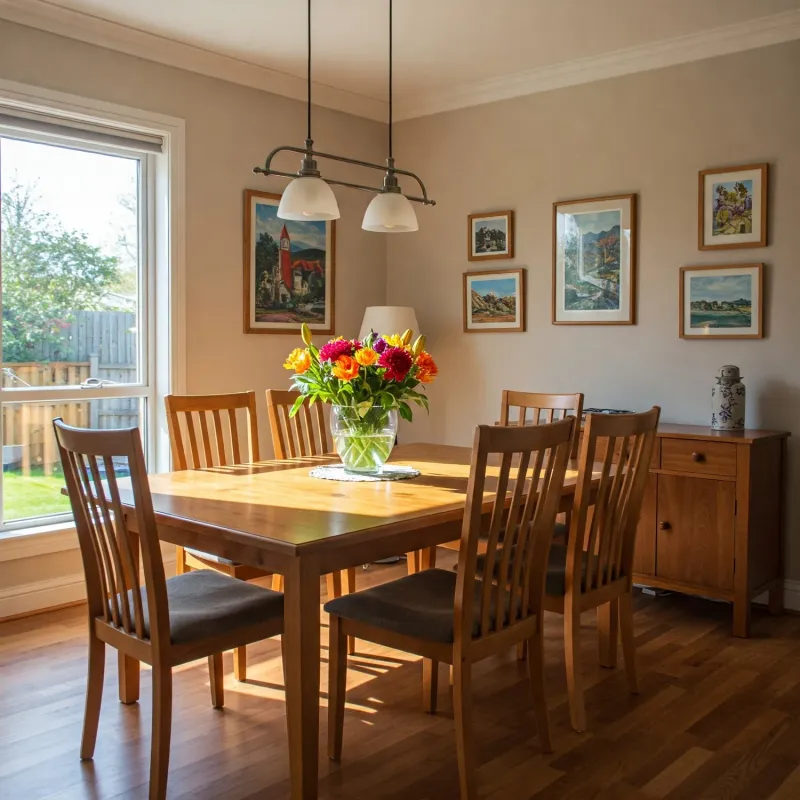
Your collection of decorative plates might hold sentimental value, but overcrowded surfaces in the dining room create visual chaos that turns buyers away. Cluttered sideboards, china cabinets packed with collectibles, and tables covered in knickknacks make spaces feel smaller and more confined than they actually are.
Buyers need to envision their own belongings in the space. When every surface is occupied by your personal items, they struggle to mentally place themselves in the home. Excessive clutter also suggests storage limitations elsewhere in the house.
Before showings, remove at least half of your decorative items. Keep only a few carefully chosen pieces that enhance the room without overwhelming it. Pack away family photos and personal mementos that might distract buyers from seeing the home as potentially theirs.
7. Poor Layout

If guests must squeeze sideways to reach their seats or the dining table blocks natural pathways through your home, buyers will notice immediately. Poor traffic flow creates functional problems that no amount of decorative staging can overcome.
The dining area should feel intuitive and accessible. When furniture placement forces awkward movements or creates bottlenecks, buyers envision daily frustration rather than enjoyable meals. This practical concern often outweighs aesthetic features in decision-making.
Experiment with different furniture arrangements before listing your home. Ensure clear pathways of at least 36 inches around the table and between the dining area and adjoining rooms. Sometimes removing a leaf from the table or using a round table instead of rectangular can dramatically improve flow without sacrificing function.
8. Dark Colors
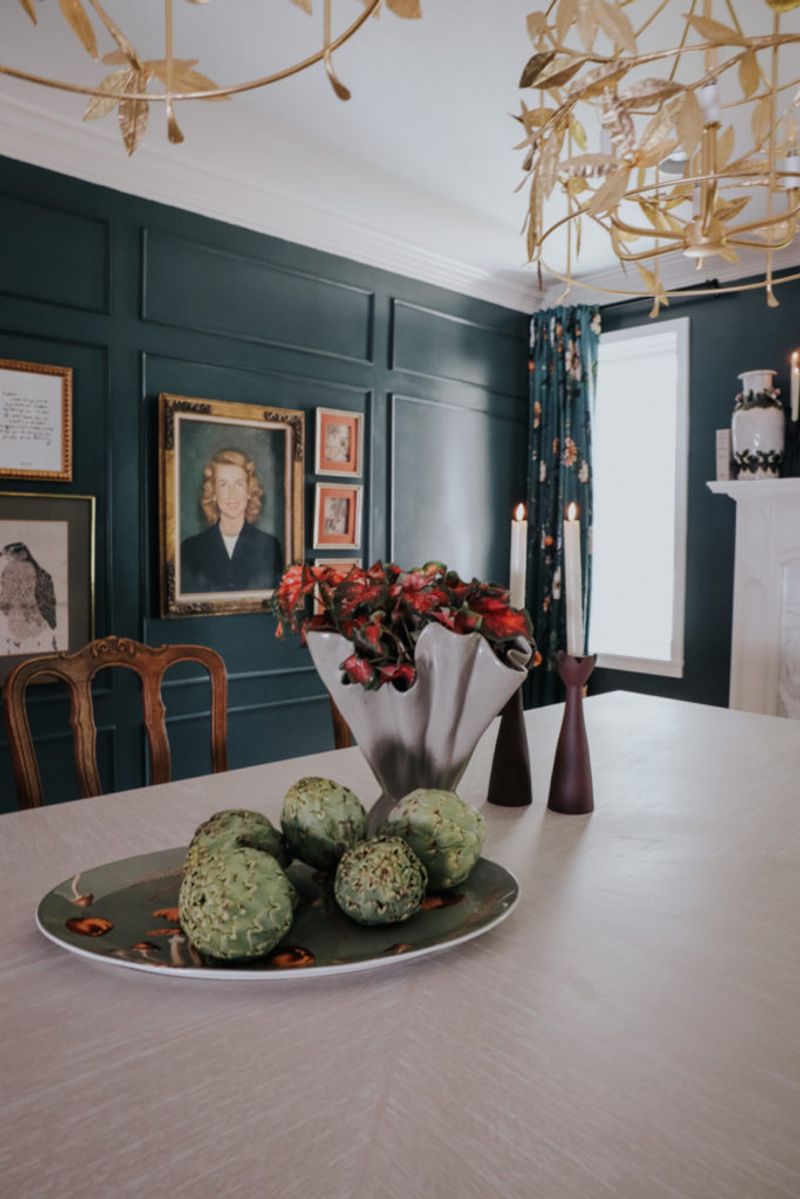
Deep burgundy or navy walls might create drama, but dark-colored dining rooms often feel small, oppressive, and outdated to today’s buyers. Dark paint absorbs light rather than reflecting it, making spaces appear smaller than their actual dimensions.
Modern buyers consistently prefer bright, airy spaces that feel open and welcoming. When they encounter a dining room painted in dark tones, they immediately envision the work of repainting a project that feels particularly daunting in a room with furniture that’s difficult to move. Many will factor this cost into their offer.
Repainting in light, neutral colors before listing offers exceptional return on investment. If repainting isn’t possible, maximize lighting, use mirrors strategically, and keep window treatments minimal to counteract the darkness and help the space feel more expansive.
9. Wobbly Furniture
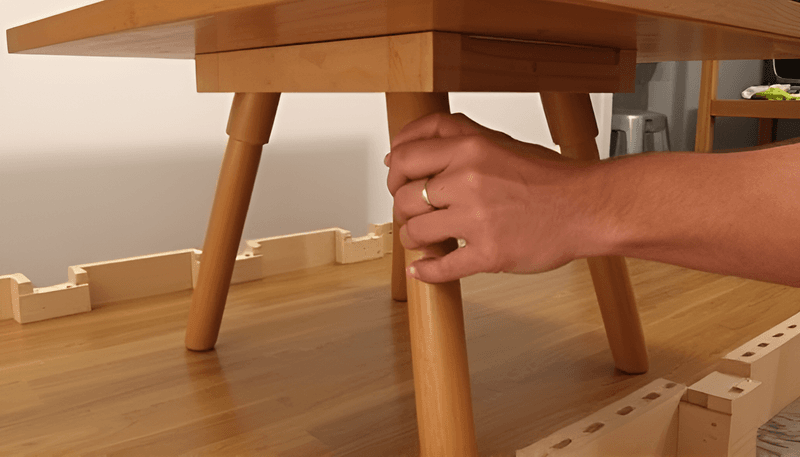
Nothing undermines buyer confidence faster than furniture that rocks or shifts during a showing. That slightly wobbly table you’ve learned to live with sends immediate red flags about the overall quality and maintenance of your home.
Buyers often test furniture stability instinctively, placing a hand on the dining table or sitting in chairs. When they encounter wobbling or instability, they question what other issues might be lurking beneath the surface. This small detail can create outsized concerns about the property’s condition.
Take time to tighten all screws and bolts before listing. Add felt pads to uneven chair legs, and if necessary, use wood glue to reinforce loose joints. These minor repairs require minimal investment but prevent the negative impression that comes with unstable furniture an impression that can linger long after the showing ends.
10. No Centerpiece
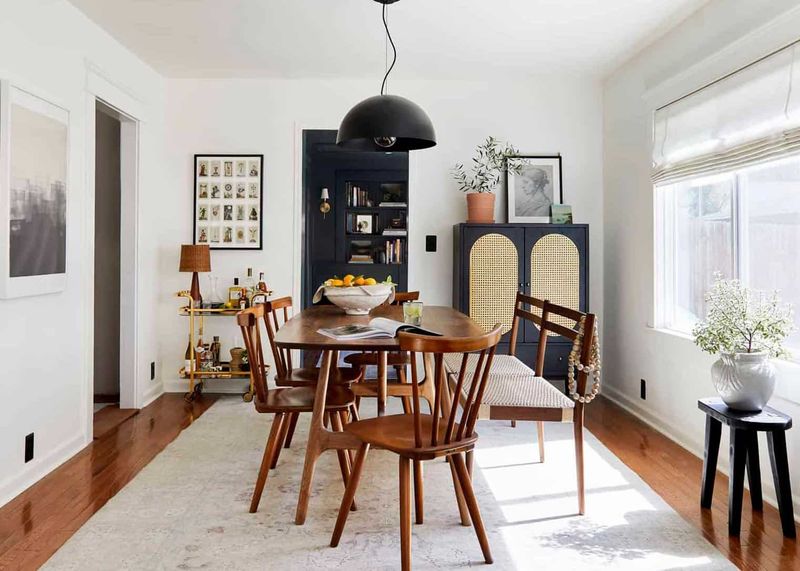
An empty dining table creates a stark, uninviting atmosphere that fails to help buyers envision entertaining in the space. Without a centerpiece, the table becomes just another piece of furniture rather than the heart of gathering and connection.
Strategic staging helps buyers emotionally connect with a home. A thoughtfully chosen centerpiece adds warmth and dimension, making the dining room feel ready for family meals or dinner parties. This subtle detail helps potential owners picture themselves creating memories in the space.
You don’t need elaborate floral arrangements to make an impact. A simple bowl of fresh fruit, a few candles of varying heights, or a low plant creates visual interest without overwhelming the space. Keep centerpieces low enough that they wouldn’t interfere with conversation across the table practicality matters to discerning buyers.
11. Too Large Rug
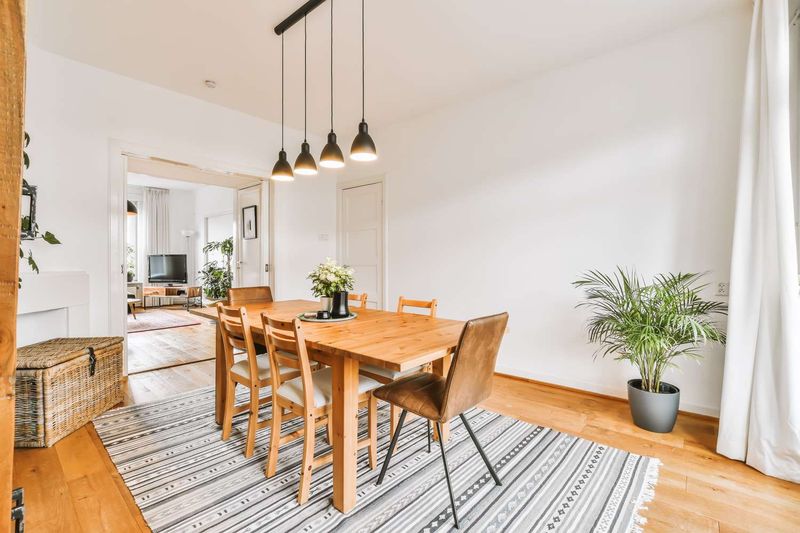
Dining room rugs require precise sizing too large, and they create awkward proportions that make the entire room feel off-balance. When a rug extends nearly to the walls or bunches against baseboards, it suggests the homeowner doesn’t understand proper scaling.
Proper rug placement should allow chairs to remain fully on the rug even when pulled out for seating. However, there should still be breathing room between the rug edges and walls ideally 18-24 inches of visible flooring around the perimeter. Without this visual border, the room feels cramped and poorly planned.
If your current rug overwhelms the space, consider replacing it before showings. A correctly sized rug creates definition without domination. For dining rooms with beautiful flooring, removing an oversized rug completely might be the best option, allowing a distinctive feature to shine instead of being hidden.
12. Lack of Storage

Modern buyers consistently rank storage space among their top priorities, making a dining room without dedicated storage a significant drawback. Without a sideboard, buffet, or built-in cabinet, buyers wonder where they’ll store table linens, special occasion dishware, or serving pieces.
Functional considerations often outweigh purely aesthetic ones in buyer decision-making. A beautiful dining room that lacks practicality feels incomplete, requiring additional investment after purchase. This perceived shortcoming can reduce a home’s appeal even if the dining room is otherwise attractive.
If your dining room lacks built-ins, adding a simple buffet or sideboard before listing can dramatically increase appeal. Choose a piece that provides obvious storage while enhancing the room’s style. This addition shows buyers the space is both beautiful and functional—a combination that helps justify asking price.
13. Old Window Treatments
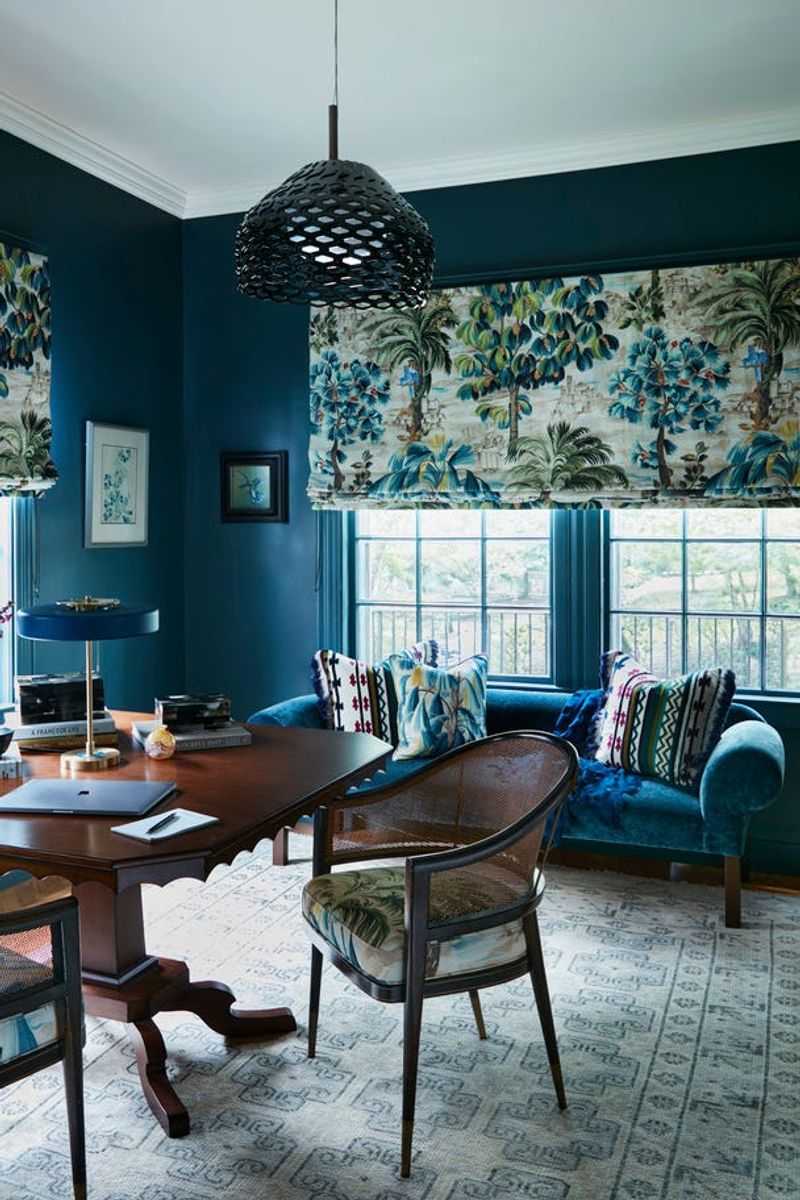
Heavy, outdated window treatments instantly age a dining room, creating a time capsule effect that buyers find off-putting. Those dusty swags, faded floral valances, or yellowing vertical blinds signal to buyers that the home hasn’t been updated in decades.
Windows frame natural light the most valuable asset in any dining space. When covered by dark, heavy, or outdated treatments, they restrict brightness and make rooms feel smaller and less inviting. Buyers consistently prefer spaces that feel light, bright, and current.
Replacing dated window treatments offers exceptional return on investment when selling. Simple, neutral panels hung properly (near the ceiling, not the window frame) create height and elegance without overwhelming the space. For maximum appeal, ensure treatments are functional, allowing buyers to envision controlling light and privacy according to their preferences.
14. Visible Cables
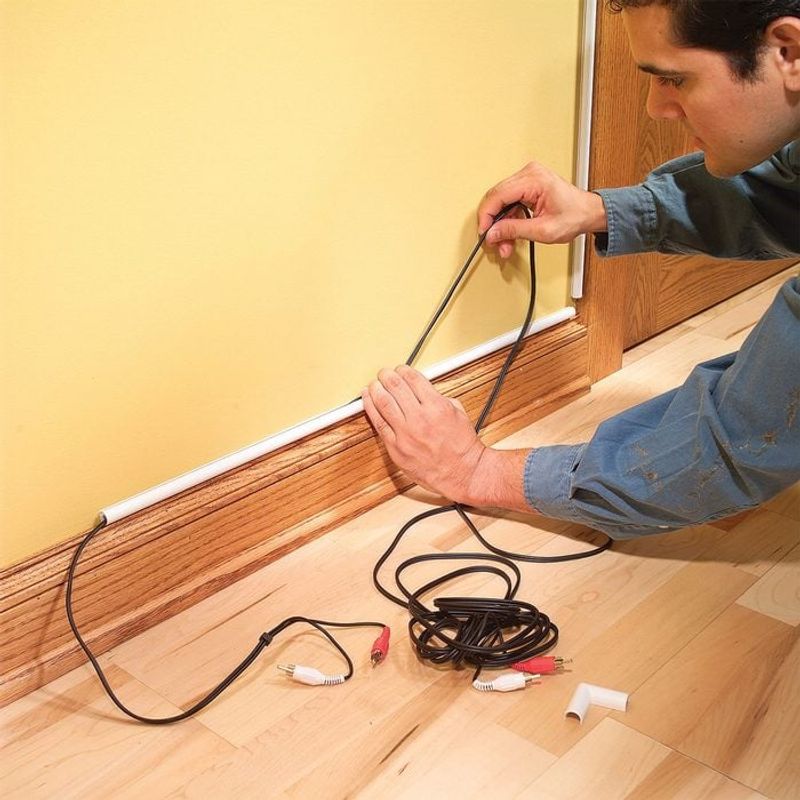
Exposed wires and tangled cords create an immediate impression of disorder in dining rooms, where clean lines should prevail. Modern buyers are particularly sensitive to technology-related eyesores that disrupt an otherwise elegant space.
Table lamps, wall sconces, or decorative lighting with visible cords trailing across surfaces or down walls create visual chaos. Similarly, charging stations or exposed speaker wires suggest the home lacks proper planning for technology integration a significant concern for today’s tech-savvy buyers.
Before showings, address cable management with simple solutions like cord covers, cable clips, or strategic furniture placement. Consider battery-operated table lamps to eliminate cords entirely. These small details demonstrate attention to detail and suggest that the home has been thoughtfully maintained, helping buyers feel confident in the property’s overall condition.
15. Uncomfortable Seating
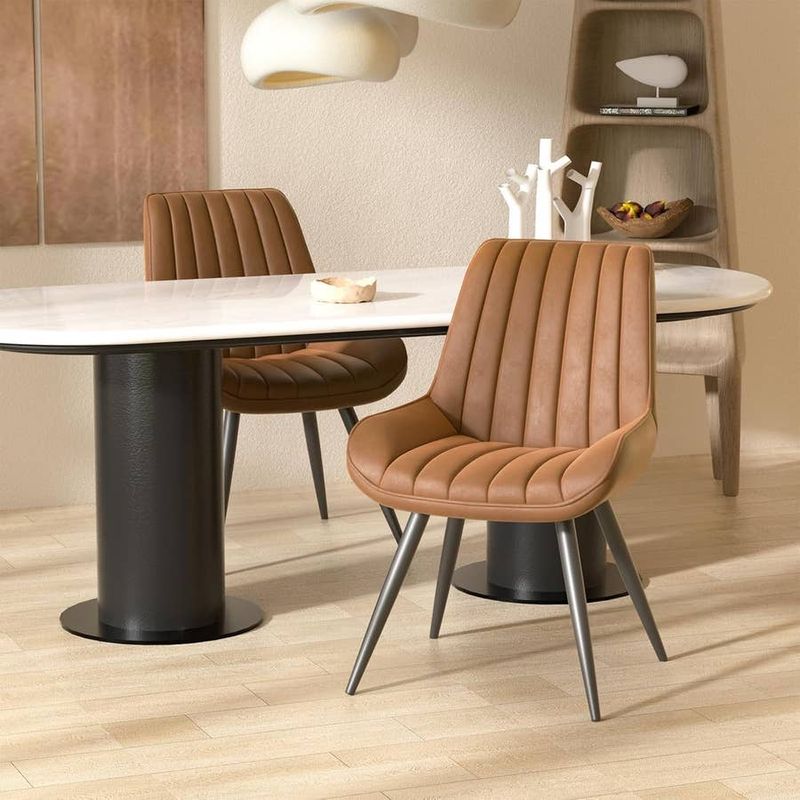
Dining chairs that look stunning but feel like torture devices send buyers a clear message: form trumps function in this home. During showings, potential buyers often instinctively sit down to get a feel for the space, and uncomfortable seating creates an immediate negative impression.
Rigid backs, too-low seats, or chairs without proper support suggest the dining room is more for show than actual use. Modern buyers seek homes where they can genuinely live and entertain, not just display furniture. This practical concern can override aesthetic appeal.
Before listing, assess your dining seating honestly. If chairs look beautiful but feel uncomfortable, consider adding cushions that enhance both comfort and appearance. Ensure seat heights properly align with table height (generally 10-12 inches between seat and tabletop). These small adjustments can transform how buyers physically experience your dining space.

